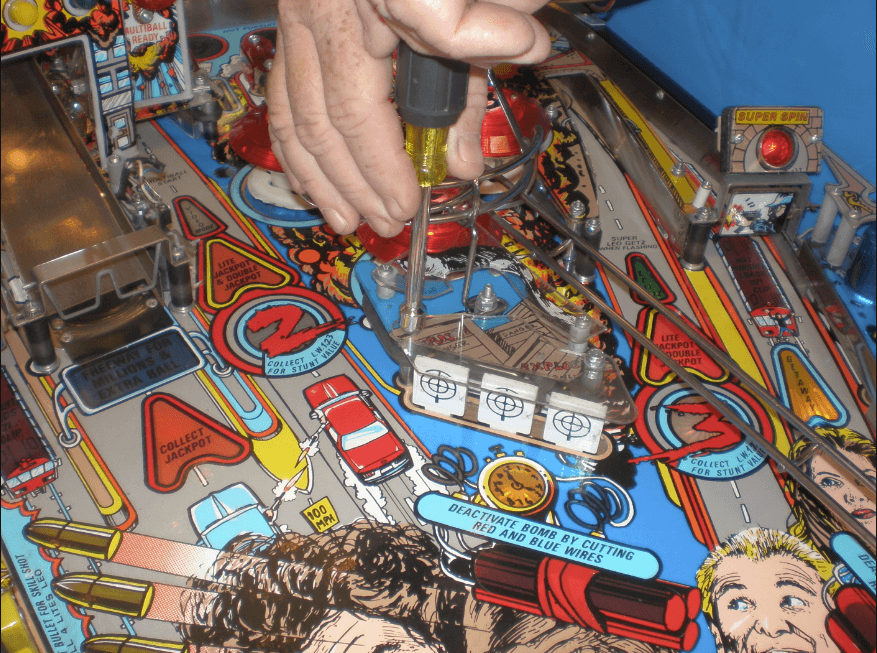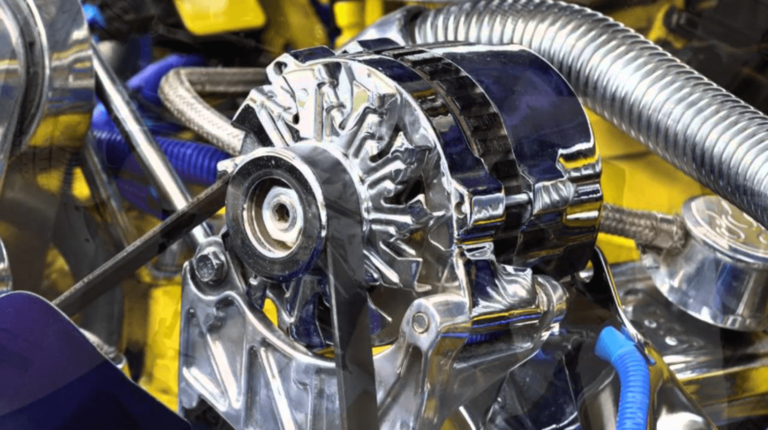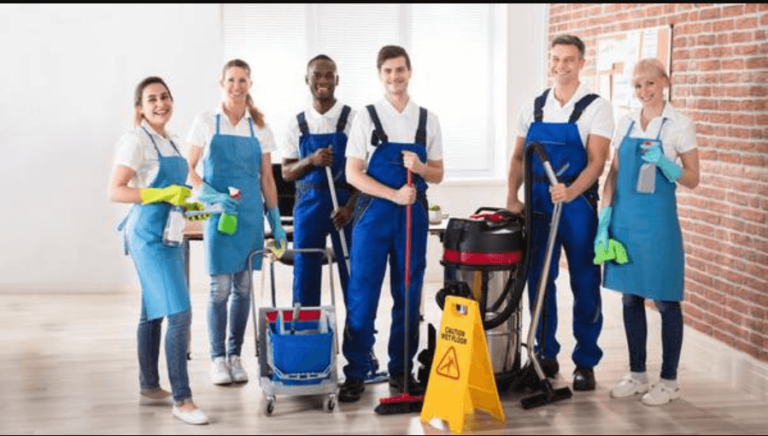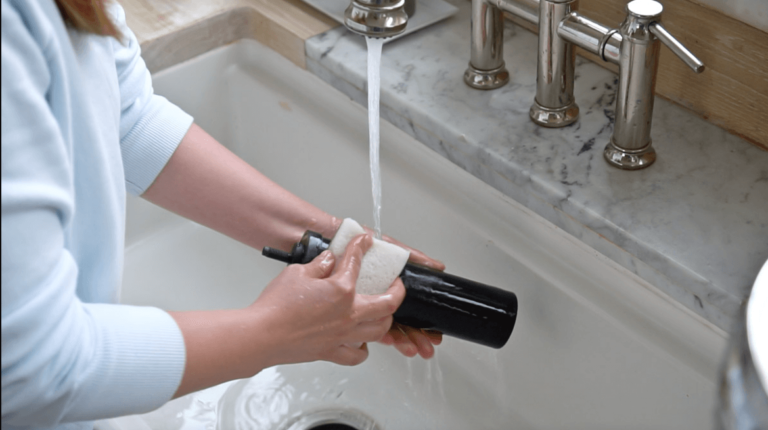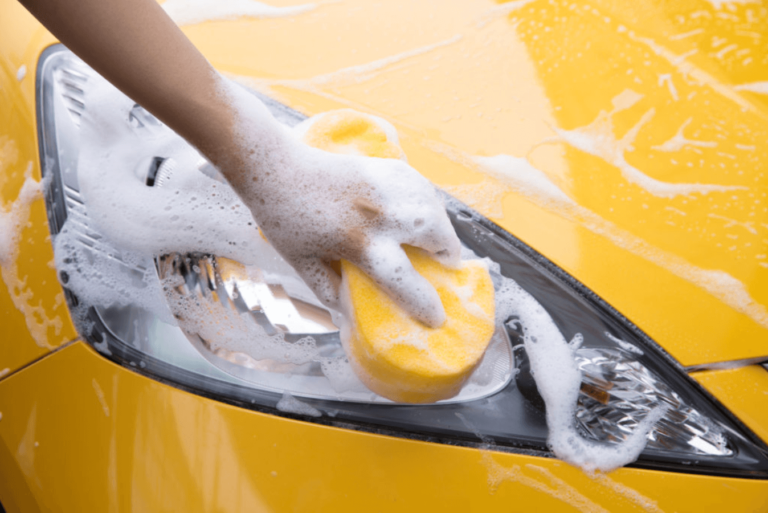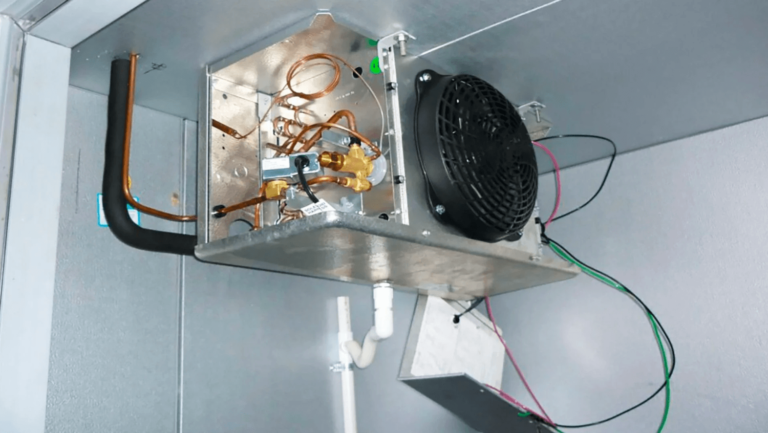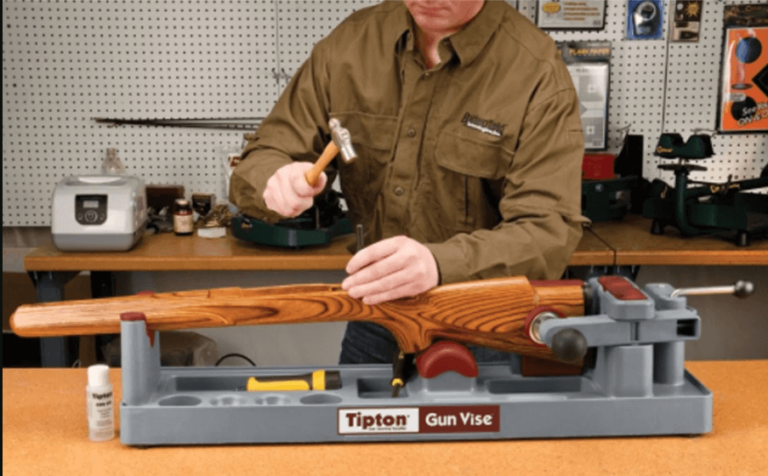Pinball Machine Repair: Keeping the Fun Rolling
Pinball machines have been a source of entertainment and nostalgia for decades. From classic arcade halls to personal game rooms, these mechanical wonders have captivated players of all ages. However, like any complex machinery, pinball machines require regular maintenance and occasional repairs to ensure they continue functioning optimally. In this article, we will explore the world of pinball machine repair and provide valuable insights into keeping these captivating games in tip-top shape.
Understanding the Basics of Pinball Machines
The Anatomy of a Pinball Machine
A pinball machine consists of several key components that work together to create the thrilling gameplay experience. Understanding these parts is essential for effective repairs. The main elements include:
- Playfield: The main surface where the ball rolls and interacts with various features.
- Flippers: The mechanisms used to strike the ball and keep it in play.
- Bumpers and Targets: Elements that provide scoring opportunities and increase game excitement.
Common Issues and Troubleshooting Techniques
Identifying and Addressing Malfunctions
Pinball machines can experience various malfunctions over time.
- Ball Stuck: If the ball gets trapped or stuck during gameplay, check for obstructions and ensure the playfield is level.
- Faulty Flippers: If the flippers are weak or unresponsive, check the solenoids, coils, and connections for any issues.
- Flickering Lights: Dim or flickering lights can be caused by loose bulbs or faulty wiring connections. Inspect and replace as necessary.
Essential Tools for Pinball Machine Repair
Building Your Repair Toolkit
To effectively repair and maintain your pinball machine, you’ll need a set of essential tools. These include:
- Screwdrivers: Different sizes and types to handle various screws and fasteners.
- Hex Keys: Used for adjusting components and mechanisms.
- Multimeter: Essential for diagnosing electrical issues and testing circuits.
- Pliers: Useful for gripping and manipulating wires and connectors.
- Cleaning Supplies: Soft brushes, compressed air, and cleaning solutions for removing dirt and debris.
Cleaning and Maintenance Tips
Keeping Your Pinball Machine Spotless
Regular cleaning and maintenance are crucial for preserving the longevity of your pinball machine.
- Dust Removal: Use compressed air to blow away dust and debris from the playfield, targets, and mechanisms.
- Playfield Cleaning: Wipe the playfield with a soft, lint-free cloth and a mild cleaning solution to remove dirt and grime.
- Rubber Ring Replacement: Periodically replace worn-out rubber rings to ensure proper ball rebound and gameplay.
Replacing Faulty Components
Restoring Functionality with New Parts
Over time, certain components in a pinball machine may wear out or become damaged.
- Rubber Rings: Replace worn or brittle rubber rings to restore proper ball bounce and playfield interaction.
- Bulbs: Burnt-out bulbs should be replaced to maintain optimal lighting and visual appeal.
- Coils and Solenoids: Faulty coils and solenoids can lead to weak flippers or malfunctioning mechanisms. Replace as needed.
- Switches: Defective switches can affect scoring accuracy. Replace with new ones for precise gameplay.
Fine-Tuning Gameplay
Enhancing the Pinball Experience
Adjusting certain aspects of your pinball machine can significantly enhance gameplay. Consider the following fine-tuning techniques:
- Flipper Alignment: Ensure that the flippers are aligned parallel to the playfield and adjust their height and angle for optimal ball control.
- Ball Speed: Adjust the plunger strength and coil settings to achieve the desired ball speed and launch power.
- Playfield Leveling: Use a bubble level to ensure the playfield is perfectly leveled, allowing for fair gameplay and ball movement.
Preventive Measures for Long-Term Preservation
Preserving Your Pinball Machine’s Legacy
To preserve your pinball machine for years to come, follow these preventive measures:
- Climate Control: Avoid extreme temperature and humidity conditions, as they can damage the playfield and electronic components.
- Regular Use: Regularly play the machine to keep mechanical parts in motion and prevent dust buildup.
- Cover Protection: When not in use, cover the pinball machine to shield it from dust, sunlight, and potential accidents.
- Scheduled Maintenance: Create a maintenance schedule and perform routine checks, cleaning, and repairs as needed.
Upgrading and Modifying Your Pinball Machine
Customizing the Experience
For enthusiasts looking to add a personal touch to their pinball machines, various upgrades and modifications are available:
- LED Lighting: Replace standard bulbs with energy-efficient LED lights to enhance visual appeal and create unique lighting effects.
- Sound Upgrades: Upgrade the sound system with high-quality speakers for immersive audio experiences.
- Custom Artwork: Apply custom decals and artwork to give your pinball machine a unique and personalized appearance.
Seeking Professional Help
When to Call in the Experts
While DIY repairs can be satisfying, certain issues may require the expertise of a professional pinball machine technician. Contact a specialist if:
- Complex Electrical Problems: If you encounter complex electrical issues beyond your expertise, seek professional assistance to avoid further damage.
- Major Component Failures: When crucial components such as circuit boards or flippers fail, a professional can ensure proper repair or replacement.
- Restoration Projects: For extensive restorations or refurbishments, involving an experienced technician can ensure a high-quality outcome. Read more…
Conclusion
Pinball machine repair is an essential skill for enthusiasts and owners who want to keep their beloved machines in top-notch condition. By understanding the basics, troubleshooting common issues, and implementing preventive measures, you can ensure an enjoyable and long-lasting pinball experience. Remember to prioritize safety, seek professional help when needed, and have fun exploring the world of pinball machine.
Frequently Asked Questions (FAQs)
- Q: How often should I clean my pinball machine? A: It’s recommended to clean your pinball machine at least once every three to six months, depending on usage and environmental conditions.
- Q: Can I use any cleaning solution on the playfield? A: It’s best to use a mild cleaning solution specifically designed for pinball machines. Avoid harsh chemicals that may damage the playfield’s protective coating.
- Q: Are pinball machine repairs expensive? A: The cost of repairs can vary depending on the complexity of the issue and the parts needed. DIY repairs can save money, but major repairs may require professional assistance.

